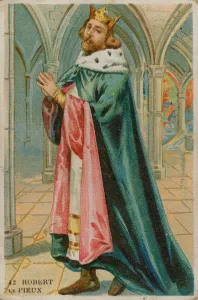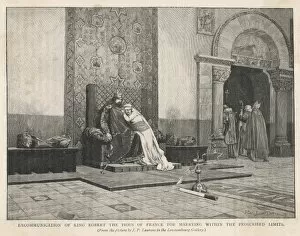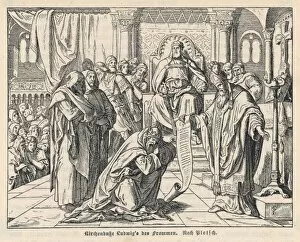Pieux Collection
"Pieux: A Legacy of Piety and Power" In the annals of history, the name "pieux" echoes with tales of devotion and authority
All Professionally Made to Order for Quick Shipping
"Pieux: A Legacy of Piety and Power" In the annals of history, the name "pieux" echoes with tales of devotion and authority. From Louis I the Pious, Holy Roman Emperor in the 9th century, to Robert le pieux, 37th king who ascended to the throne in 997 AD, these figures left an indelible mark on their respective eras. Louis I the Pious reigned during a tumultuous period when his empire faced internal strife and external threats. Despite these challenges, he remained steadfast in his piety and commitment to upholding Christian values. His image as depicted in coloured engravings showcases a regal figure exuding strength and determination. Similarly, King Robert II - known as "the Pious" - ruled with religious fervor during his time on the throne from 997 until his death in 1031. A chromolitho captures him radiating an aura of solemnity befitting his nickname. His reign was marked by efforts to strengthen ties between church and state while maintaining stability within his kingdom. However, not all stories associated with this epithet are filled with triumphs. The engraving depicting Louis I being made captive serves as a reminder that even pious rulers can face adversity. This event highlights both their vulnerability and resilience amidst political turmoil. Prayer played a significant role for these monarchs; it provided solace during challenging times but also served as a source of guidance for making crucial decisions affecting their realms' destinies. Depicted through various artistic renditions such as paintings or illustrations like those found in Histoire de France by Colart published c. , we witness moments where piety intertwines seamlessly with power. The lineage continues with Robert II's son Louis le Pieux who inherited both his father's title and devout nature.










